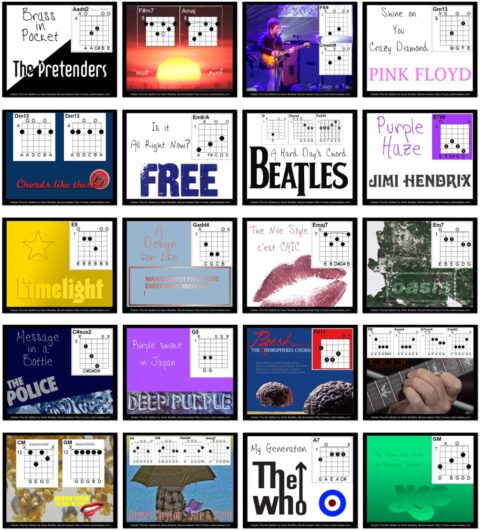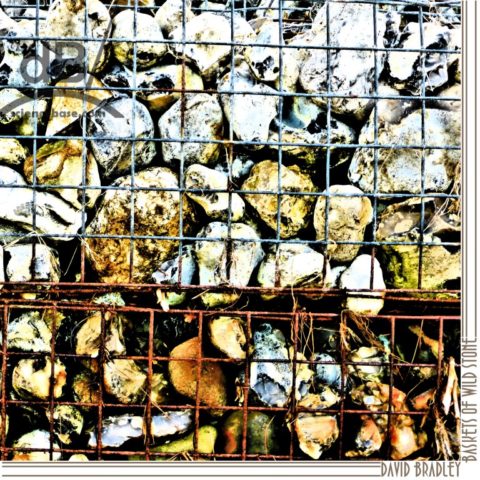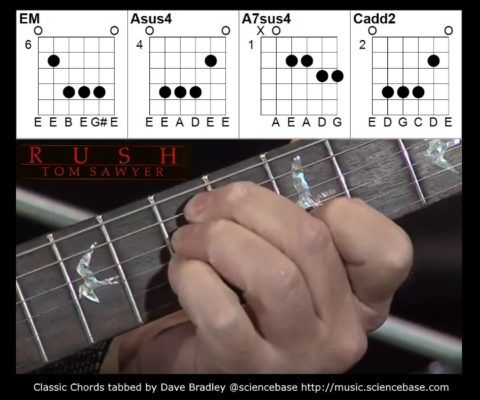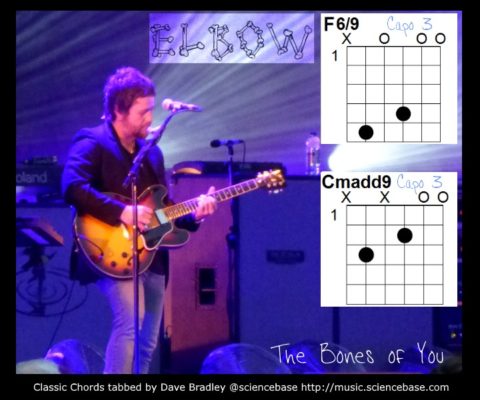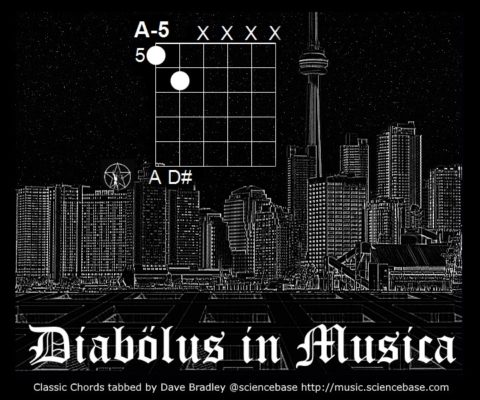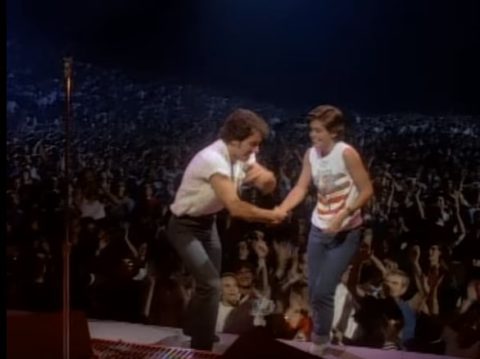On the 7th of September 1838, having set out from Hull on a voyage to Dundee, the paddle steamer the SS Forfarshire with 61 aboard ran aground, with engine and other problems, in stormy weather on one of the Outer Farne Islands, Big Harcar (known locally as “Great Hawker”), off the Northumbrian coast.
A handful of those aboard escaped in a lifeboat but the lives another 9 were saved by the persistence of Grace Darling who persuaded her father, the Longstone Lighthouse keeper that they could row their 21-foot Northumberland Coble the 3/4 of a mile or so to Big Harcar and pick up survivors as the paddle steamer was torn apart on the rocks. On arrival, father William left Grace to hold the boat steady while he got three surviving crew and a passenger Mrs Dawson, whose children had been pulled from her by the sea, to the boat.
Darling’s bravery on that night became a national celebration of her heroism. The fame it brought her never sat comfortably even when the Duke and Duchess of Northumberland took her under their wing at their home, Alnwick Castle, and looked after the endless donations and the demands of portrait painters, journalists, and members of the public.
Tragically, just four years later, at the age of 26, Darling took ill and was sent back to her hometown of Bamburgh with its magnificent castle that stands majestically over the Northumbrian coast. She died of tuberculosis on the 20th October 1842.
As a coastal Northumbrian myself, I’ve carried this story with me since first hearing about Grace Darling at school, I even had some memorabilia in the form of a commemorative coin and booklet that was sold in aid of the Lifeboat Appeal in the early 1970s. There have been several songs about her over the years. It’s the 175th anniversary of her death this autumn (20th October 2017) so I have now at long last written and recorded my own homage to Grace Darling.
Grace
You were born by the castle on the sand
Although a child of the land your father lit the way
For every passing sail, and every steamer grand
But your life didn’t go quite as you planned
Though your end was not at sea
Oh Grace. You darling of the waves
Won’t you come and save us from the peril of the sea
Oh Grace. You darling of the brave
Now that you have saved us, won’t you stay with me
A ship was wrecked in ’38
on rocks that flanked the isle, despite the light
Your father gave. Though little more than a child,
you rowed across the waters bleak
To bring those souls to land
But all the fame you didn’t seek
Couldn’t save you from the sand
The night was black when you returned
to the castle on the sand
And all the life you ever lacked
consumed in your last stand
At 26 you’re laid to rest,
sea fret upon a distant deck
The light reflected in the eyes
of souls you saved from Longstone’s distant wreck


